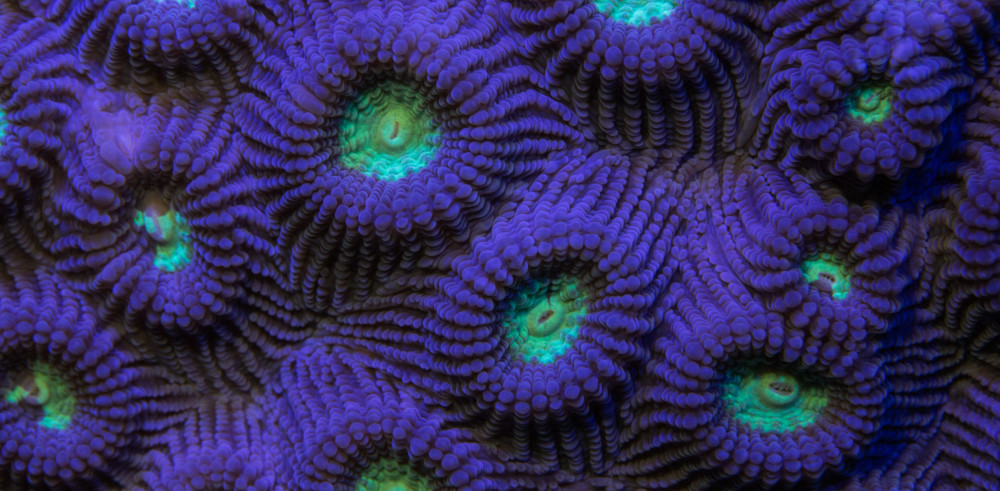Ishikawa’s frog (Odorrana ishikawae) is the most beautiful frog found in Japan. It is only found in northern Okinawa and currently on the endangered species list. It is one of the many endemic species facing extinction due to habitat loss. Ishikawa’s frog is a designated living national treasure of Okinawa.
- Scientific name: Odorrana ishikawae
- Distribution: Northern Okinawa-Japan
- Habitat: Forest streams
- Diet: Insects, worms, and millipedes
- Average Size: 90mm -120mm
This is my favorite frog on Okinawa. I have only seen about a dozen in the last three years.

Ishikawa’s Frog (Odorrana ishikawae) Night dwelling in the Yanbaru forest © Shawn Miller

Ishikawa’s Frog (Odorrana ishikawae) © Shawn Miller
They live around mountain streams in the Yanbaru forest. They hide in cracks and crevices in the rocks making it hard to photograph them at times.

Adult Ishikawa’s Frog (Odorrana ishikawae) ” out of the den ” © Shawn Miller
They are also masters of camouflage. The unique pattern helps them blend into the moss and leaves on the riverside.

Ishikawa’s Frog (Odorrana ishikawae) © Shawn Miller

Juvenile Ishikawa’s frog © Shawn Miller
The Ishikawa’s frog was featured in Amphibian Love – an artbook for the frogs. Artist Leah Jay created this book to show the beauty and fascinating variety of amphibians, and bring attention the the Amphibian Extinction Crisis.

If you are lucky you might find a blue Ishikawa’s frog. The blue morph is absolutely beautiful.

Blue Ishikawa’s Frog (Odorrana ishikawae) © Shawn Miller

Blue Ishikawa’s Frog (Odorrana ishikawae) © Shawn Miller

Blue Ishikawa’s Frog (Odorrana ishikawae) © Shawn Miller
A large blue and green morph.

Ishikawa frog blue morph © Shawn Miller

Ishikawa’s frog searching for a meal © Shawn Miller
A juvenile Ishikawa’s frog searching for food. (Wide angle perspective)

herpetologists dream come true © Shawn Miller
Sometimes they can be seen crossing the road!

Ishikawa’s Frog – Stella 2000 © Shawn Miller

Top view- Ishikawa’s frog © Shawn Miller
Be careful and pay close attention to crossing wildlife.

Ishikawa’s frog – Roadkill © Shawn Miller

Ishikawa’s Frog -Wide angle macro photography © Shawn Miller
People often ask me what is the purpose of conservation photography? Having the ability to affect some form of positive change in the environment and make a global difference with the photographs. Hopefully, the images will inspire people to care more about nature and make a positive difference in the environment.
My Mission: To Document and Preserve the Wildlife of the Ryukyu Islands
This site is also designed to help people identify the beautiful animals of Okinawa, basically to serve as an online nature reference guide. If you would like to make a contribution to support my mission, please click on the donation link paypal.me/maketheswitch4nature
Your donations will help worldwide conservation initiatives as well as bring solutions to the worldwide pollution issues on our beautiful shorelines. Thank you for your support. Shawn M Miller.





























































































